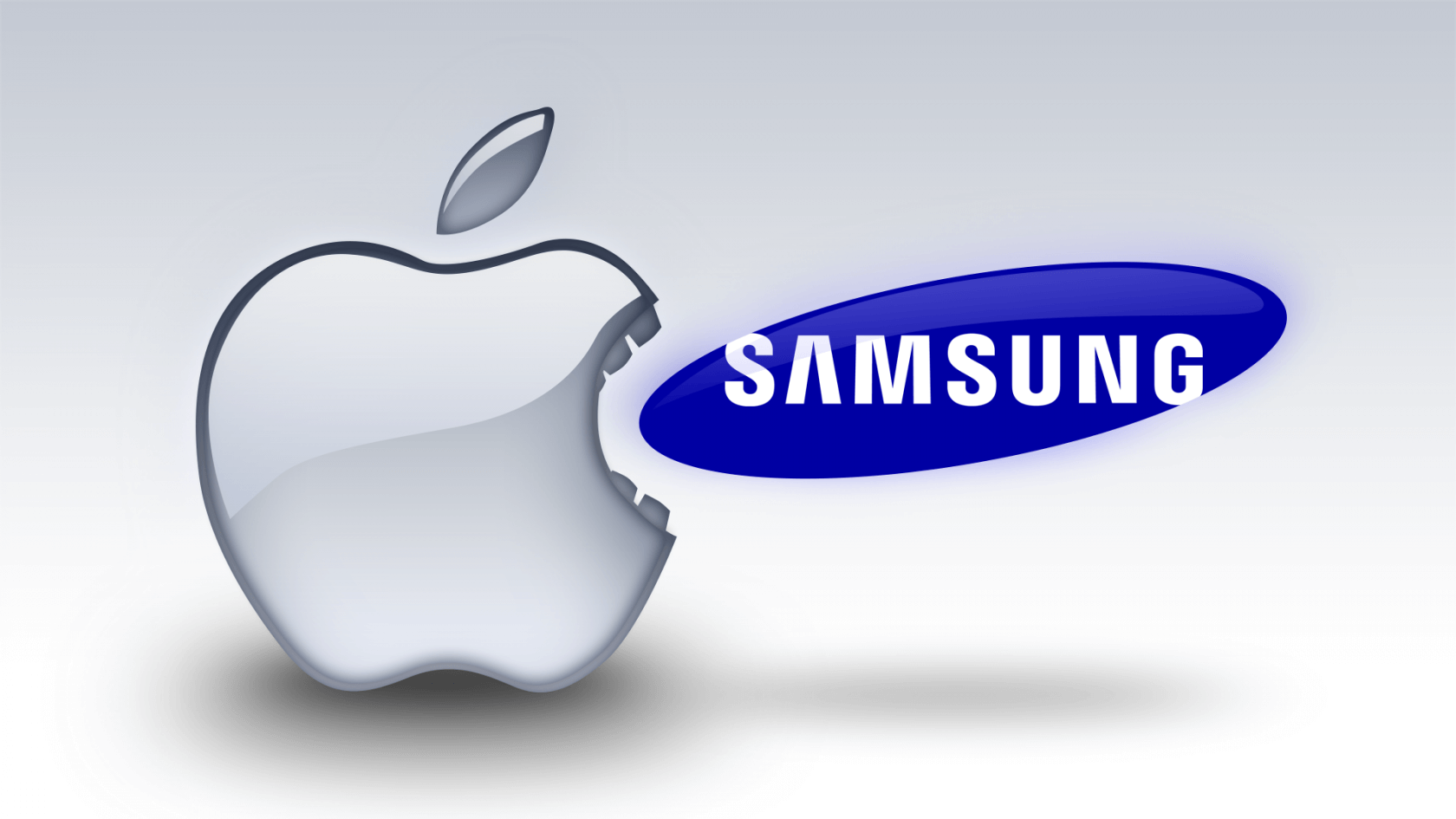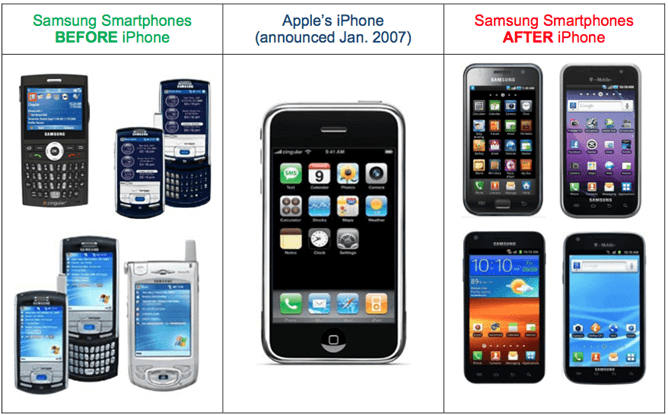
Apple and Samsung are back in court over a patent dispute that started back in 2011. This will be the third court appearance over the same five design infringements. Two of the patents involve the front and back look of the original iPhone. A third violation is over the GUI (graphical user interface), and two others concern software functionalities such scrolling and pinch to zoom gestures.
In 2011, Apple sued Samsung claiming the South Korean company’s phones, including the Galaxy S2, copied the iPhone in both physical and software design. The Cupertino-based firm was awarded over one billion dollars in 2012. The judge in the case reduced the award to around $940 million citing that the jury had made an error in its calculations. A second trial resulted in the award amount being further reduced to about $400 million.
Now the BBC reports that a third hearing has been set because the Supreme Court has found the calculations of the lower courts may have been in error. The retrial will not be looking at any new evidence, but will instead be considering what has already been argued in previous hearings.
“Retrial judge Lucy Koh, who also sat in the first case, has said she intends to apply a ‘Groundhog Day’ rule. This reference to the 1993 movie, in which a day repeats itself, restricts the two companies to rehashing the evidence they presented before rather than offering up new facts. Jurors must also stick to the previous judgement that Samsung copied three design patents concerning the look of the original iPhone, and two utility patents involving its pinch-to-zoom feature and bounce-back scrolling effect.”

The reconsideration comes from Samsung’s objection that the original calculations included total profits from the infringing phones. It argues that customers were not only buying its handsets because of the design, but also because of their “functionality.” It contends that the award amount should have been limited to the profits made from the offending components rather than the entire device.
The Supreme Court agreed. In its opinion, lower courts should not always consider that the end product is the “relevant article of manufacture” in patent infringement cases. It did not make a ruling as to what the relevant article was in this case and has instead referred it back to California District Court.
The jury will now have to determine what the relevant article of manufacture is and recalculate based on its findings. For Samsung, this is good news because it could mean an even lower award than the $400 million. However, Apple may still be able to convince the jury that the devices would not have been marketable without the infringing designs and therefore the phones as a whole should be considered the relevant article.
https://www.techspot.com/news/74618-apple-samsung-back-court-over-seven-year-patent.html